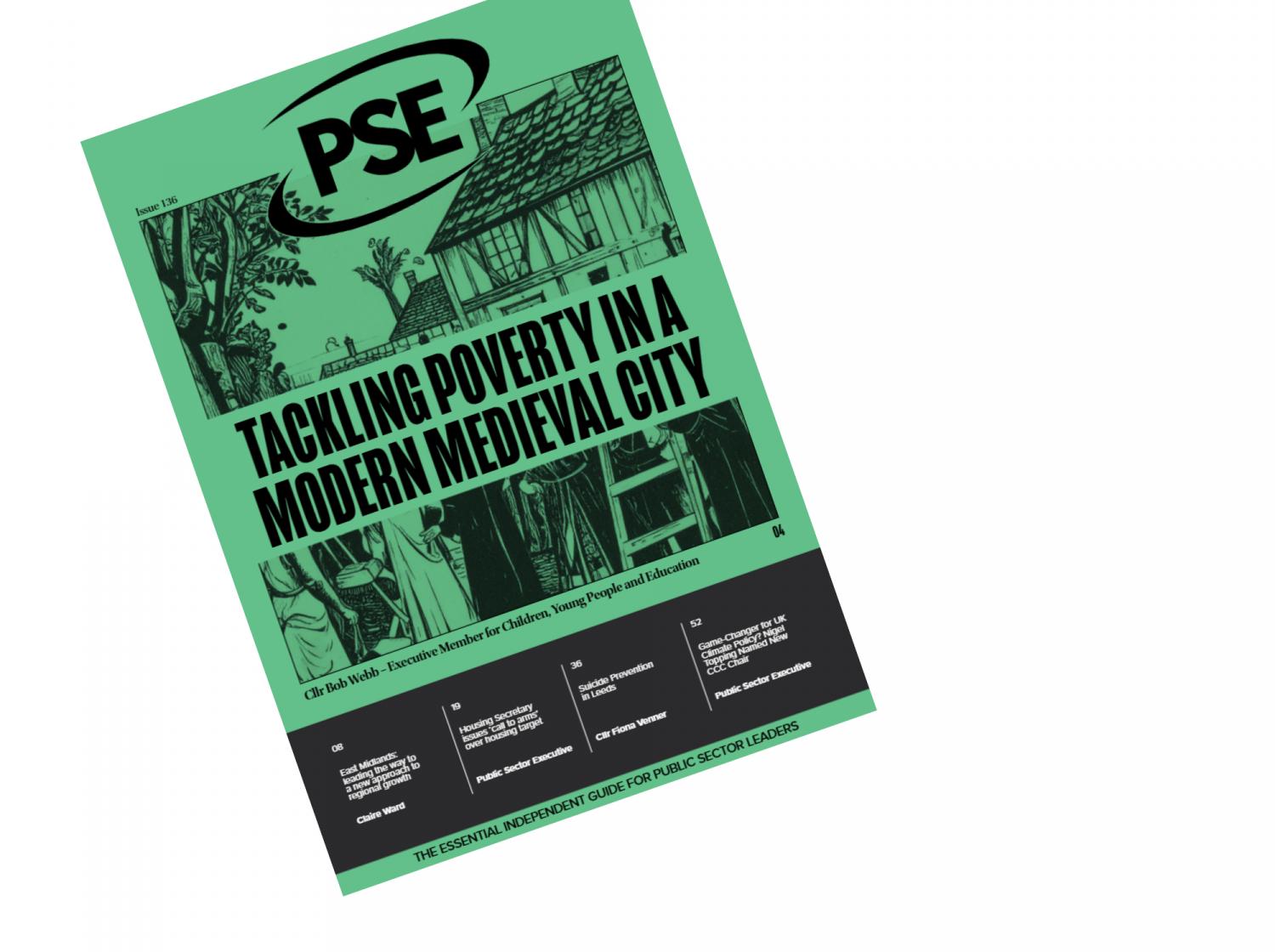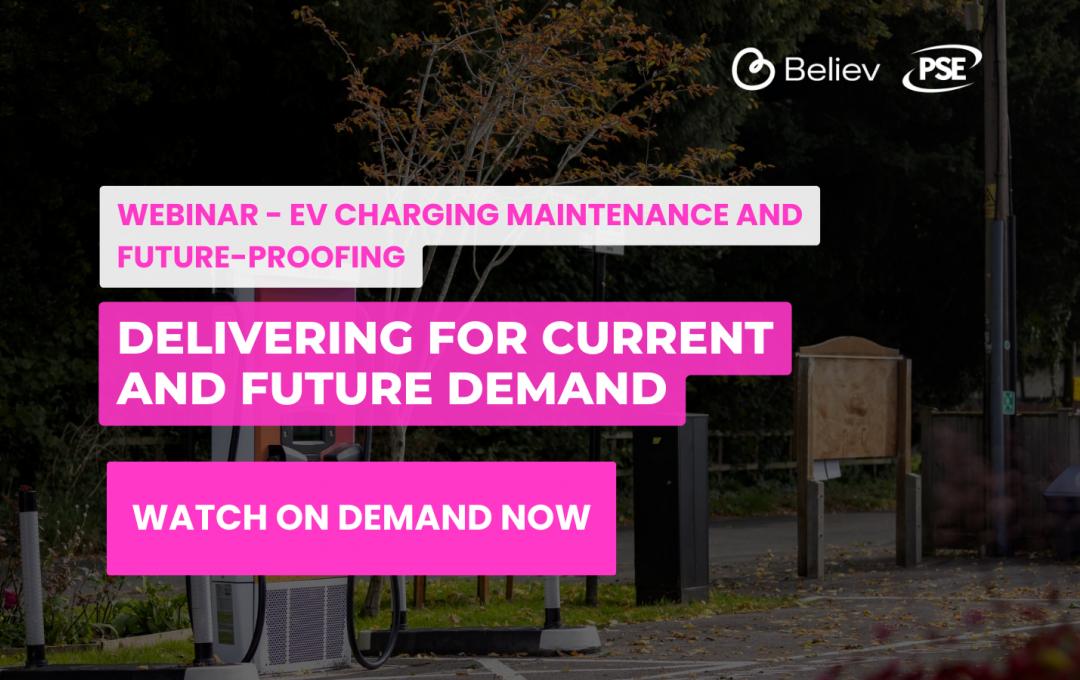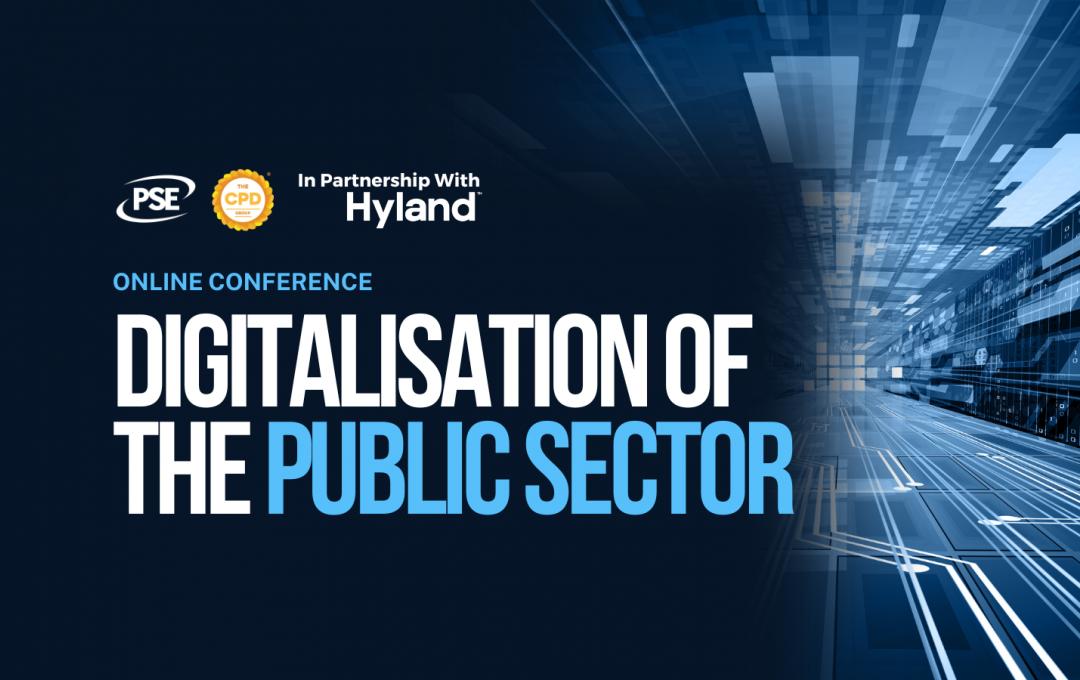As Leader of North Ayrshire Council, it is no secret that I am hugely ambitious for our people, our places and our economy.
We strive to do everything within our power to be bold, innovative and pioneering so that we can attract investment, create employment and build a North Ayrshire which makes us proud - a thriving place with a bright future.
We are determined to tackle inequalities and create a society where no one lives in poverty, where the economy is inclusive and where everyone has the same life chances to live fulfilling and healthy lives.
But to achieve this, we have a responsibility to lead by example and that starts right at the heart of our council through our internal policies.
Fair work practice is a global issue, but it can have local solutions and that is where the real Living Wage comes in.
When we became the first Community Wealth Building council in Scotland - a radical and bold approach which sees the council, along with other local and regional anchor institutions, use the economic levers available to us in order to create a more resilient local economy, with more diverse business, to create more well-paid jobs for local people - we recognised that fair work and pay is one of the key pillars to ensuring the local economy works for local people.
We felt that paying our employees a wage that supports a decent standard of living is not only an ethical and responsible thing to do, but there are also clear business and economic benefits too.
The council already had a long-standing commitment to paying the real Living Wage, but we cemented this when we pledged to introduce the new rate of pay on the same day it was announced by the Living Wage Foundation [in November 2021].
This ensured that over 750 people in our local authority received the increased hourly rate immediately - some five months before it was due to be adopted by the 9,000 other Living Wage businesses and organisations across the UK.
Currently, the real Living Wage is set at £9.90 (£11.05 in London), this compares to the National Living Wage (the government minimum for over 25s) of £8.91, and the Minimum Wage (the government minimum for under 23s) of £8.36.
Some may question why we do this, particularly during a time when local authorities face ever increasing pressures to meet demands yet have reducing budgets.
But for us, despite the challenges this presents financially, the benefits for our people and our wider communities far outweigh this.
When you take our council as an example, a large proportion of our workforce is made up by people who live locally.
By introducing the new real Living Wage each year, we are investing in our people and retaining more wealth in the local area as it ultimately put more pounds in the pockets of those that live in our communities.
This then creates a positive knock-on effect as it supports local businesses, creates opportunities for new jobs and boosts the economy.
It also makes good business sense as it gives us a competitive edge when it comes to recruitment.
Currently, we have around 750 employees, predominantly in frontline roles, who benefit from the real Living Wage.
By paying this, and doing so early, it sends out a clear message that we invest in and value our people.
This is the culture we seek to promote both internally to existing employees, but also externally to those who may potentially join us.
We also work closely with our local business base and actively encourage them to consider introducing the real Living Wage as it can help businesses of all sizes and in all industries realise their ambitions - which goes back to the point I made earlier about leading by example.
This all ties into our much wider work to create a fairer North Ayrshire by building back better, fairer and greener though tackling poverty, addressing the climate crisis and transforming the region’s economy.



















